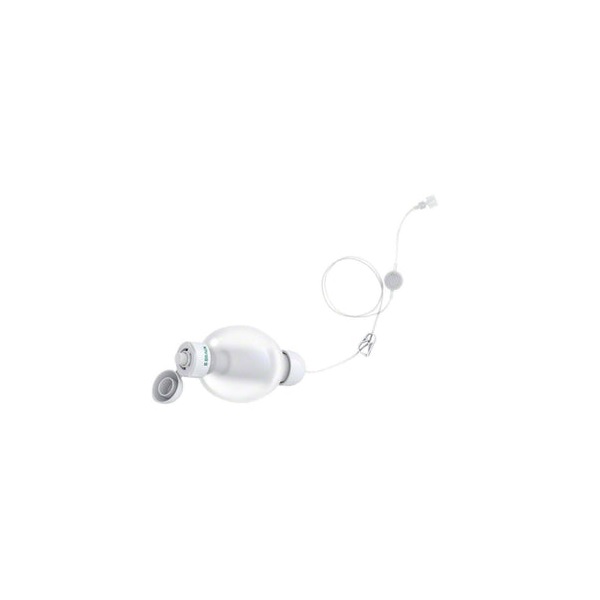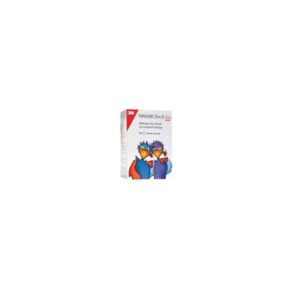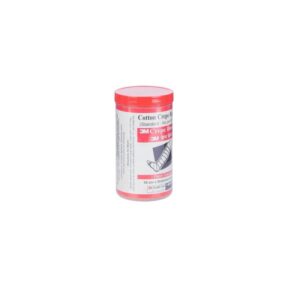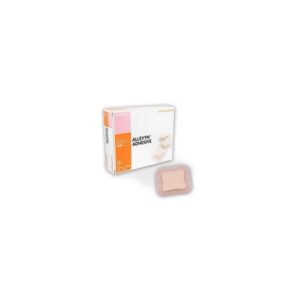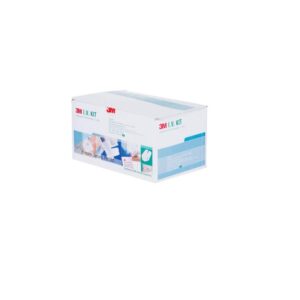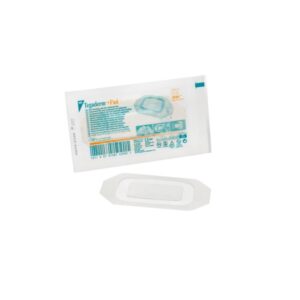Advantages:
Reduced work load for health care workers
Safe and flexible therapy options
Suitable for hospital and home use
Discreet and comfortable therapy
Easypump II is latex-free and free of DEHP in the fluid path
How to connect Easypump II:
Wash and disinfect hands thoroughly
Check patient data, medication and expiration date on the label
Make sure the pump is at room temperature
Open the closing cone of the patient connector
Prior to connecting to the patient, the entire pump system must be primed
Disinfect the connection ports and consider the exposure time
Connect the patient connector to the venous access device
Make sure that the flow restrictor is taped on the patient’s skin
Make sure that the filter is not covered by any material
Open the clamp – the infusion should begin automatically
How to disconnect Easypump II:
Wash and disinfect hands thoroughly
Close the clamp on the pump
Close your venous access device
Disconnect the pump from the venous access device
Disinfect the connection as instructed by your healthcare provider
Close the Easypump II
Dispose off the pump as instructed by your healthcare provider
The B Braun Easypump II Elastomeric Infusion Pump are designed to give clinicians and nurses the option of delivering pre-determined amounts of medication to the patient in a continuous and accurate manner, either at the hospital or at home
Easypump is independent of main power supplies or batteries, enabling the patient to be treated in an ambulatory manner
Its’s small, light-weight design makes pump easy to transport in a discreet carry pouch
The device is designed for increased mobility and it does not require any batteries, power cords or IV poles to function
Benefits for Pharmacy:
Silicone elastomer designed for easy filling
Transparent balloon construction to help facilitate easier inspection for particulates
Color coding for flow rate indentification
Air elimination filter and particulate filter
Comprehensive chemical drug stability data
No programming or rate changing necessary
No batteries or electronic devices required
Benefits for Nursing:
Color coding for flow rate identification
Sliding Core technology designed for consistent, concentric balloon contraction
Single-use system designed for clean and easy handling
Unique Comfort Cap design helps protect filling port
Easypump II is for patients who receive a treatment in an ambulatory setting and/or at home. In general, the device is not restricted to a special gender. Easypump II can be used for both adult and pediatric patients
Medication is delivered to the patient by positive pressure applied by the elastomeric membrane. The flow rate is determined by the combination of the flow regulation device (flow restrictor) and the positive pressure of the elastomeric membrane.
This pressure delivers the solution against the back pressure of catheters and blood pressure in the patient. Back pressure affects the flow rate.
Fixed flow rate design requires no programming or drop counting
The The B Braun Easypump II is latex-free and free of DEHP in the fluid path
The product Easypump II ST/LT is made of raw materials that both in combination and for themselves do not need to be disposed separately. If used correctly according to the Instructions For Use, no thermal or chemical influences can alter the used materials in a manner that would require separate disposal. Disposal of used devices has to be ensured by the healthcare provider to be in accordance to clinical waste management regulation in each respective country where the medical devices are used.
Easypump Elastomeric Infusion Pump is single-use only and designed to be safely disconnected and discarded
Indication:
Easypump II is most commonly used in the fields of chemotherapy, antibiotics and IV pain therapy
Precautions:
Temperature dependency: Easypump is designed to work at room temperature 23 °C +/– 2 °C (73 °F +/– 3.6 °F). The flow restrictor is calibrated to work at 31 °C (88 °F). To maintain a stable flow rate the flow restrictor should be in close contact with the patient’s skin at all times (31 °C). For every 1 °C above or below this temperature, the flow rate will increase or decrease by approximately 3%. An increase in temperature results in an increase in flow rate and vice versa.
If Easypump II needs to be stored in the refrigerator or freezer, allow the unit to warm up to room temperature before usage. Storage should not exceed a maximum duration of 30 days, deducting the pump specific nominal infusion time (Example: Maximum 30 days – nominal infusion time 5 days = 25 days maximum storage).
If storage in freezer is intended, line must not be primed since the filter can be damaged.
MRI compatible
During epidural application the flow rate may increase
Delivery time can increase significantly as a result of extended storage time
Underfilling and /overfilling: Filling the pump less than nominal volume generally results in a shorter delivery time. Filling the pump more than the nominal volume results in a longer delivery time.
Diluent dependency: Easypump flow rates are calculated on basis of using 0.9 % NaCl. Using dextrose (D5W) as diluent or the addition of any drug of a higher viscosity than normal saline will increase delivery time (e.g. by 10 % in case of dextrose [D5W], see figure 1).
The system should not be primed when the pump is filled with Dextrose, as the flow rate could decrease significantly
An uneven inflation of the pump during the filling process has no effect on the flow rate
Air bubbles in the silicone sleeve would not affect the functionality of the pump. There is an air vent in the filter which is capable to filter out the entrapped air bubbles. The silicone sleeve has the properties of gas permeability, therefore the air entrapment in the silicone sleeve can be diffused out of the pump.
Warning:
Do not use if package has been opened or is damaged
Single use only. Do not re-sterilize or re-use
Re-use of single-use devices creates a potential risk for patient or user. It may lead to contamination and/or impairment of functional capability. Contamination and/ or limited functionality of the device may lead to injury, illness, or death of the patient.
Elastomeric pumps should not be used in patients with known hypersensitivity to any of the materials of the device
Elastomeric pumps should only be applied by healthcare workers who have been adequately trained in this technique
There is no alarm or alert when flow interruption occurs which would advise the user of the potential for serious injury or death due to stoppage or under delivery
The Infusion Pump is available in 4 variants:
Filling Volume: 100 ml, Flow Rate: 2 mL/h
Filling Volume: 270 ml, Flow Rate: 2 mL/h
Filling Volume: 125 ml, Flow Rate: 5 mL/h
Filling Volume: 400 ml, Flow Rate: 5 mL/h
 REGISTER
REGISTER
 SIGN IN
SIGN IN

